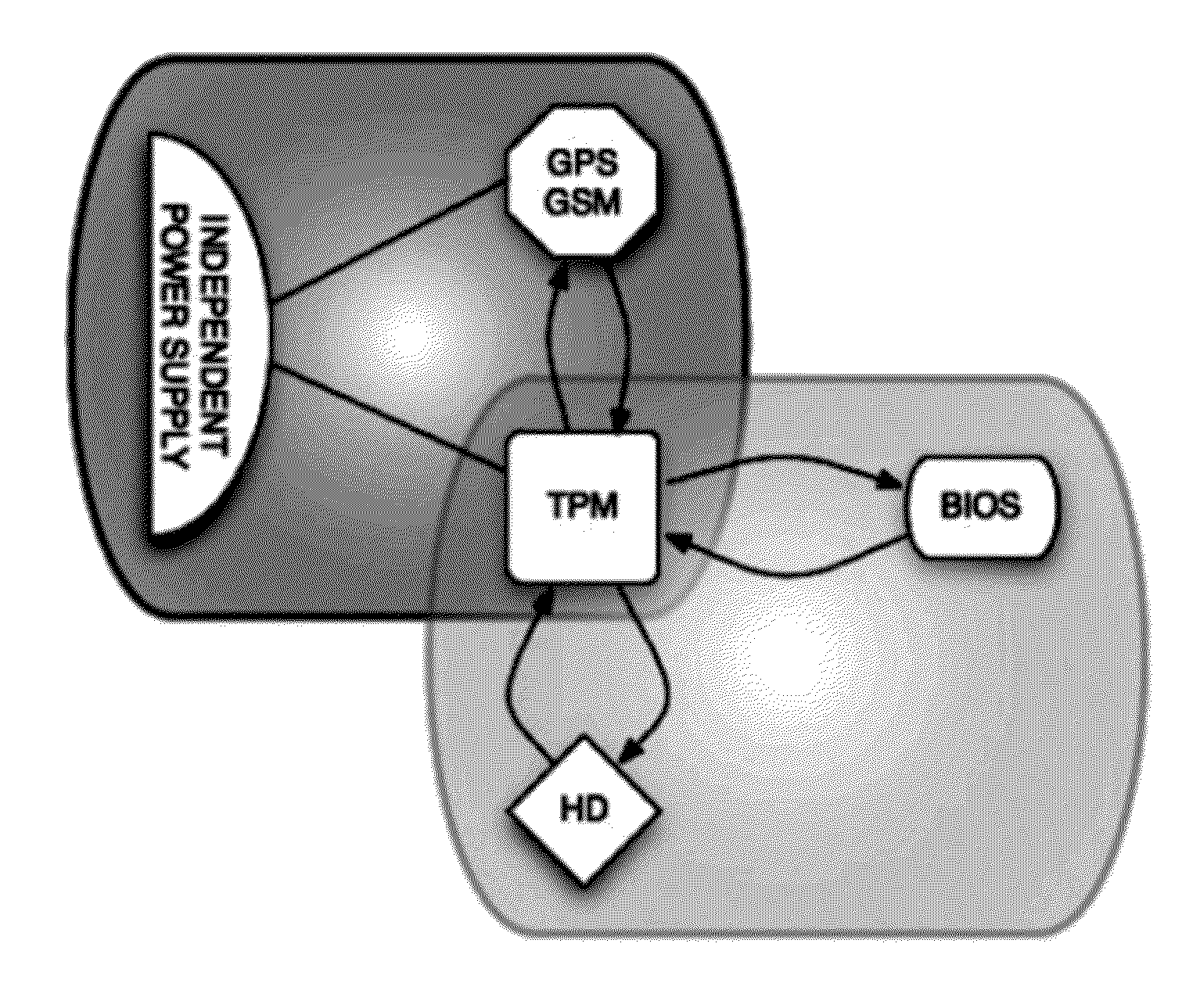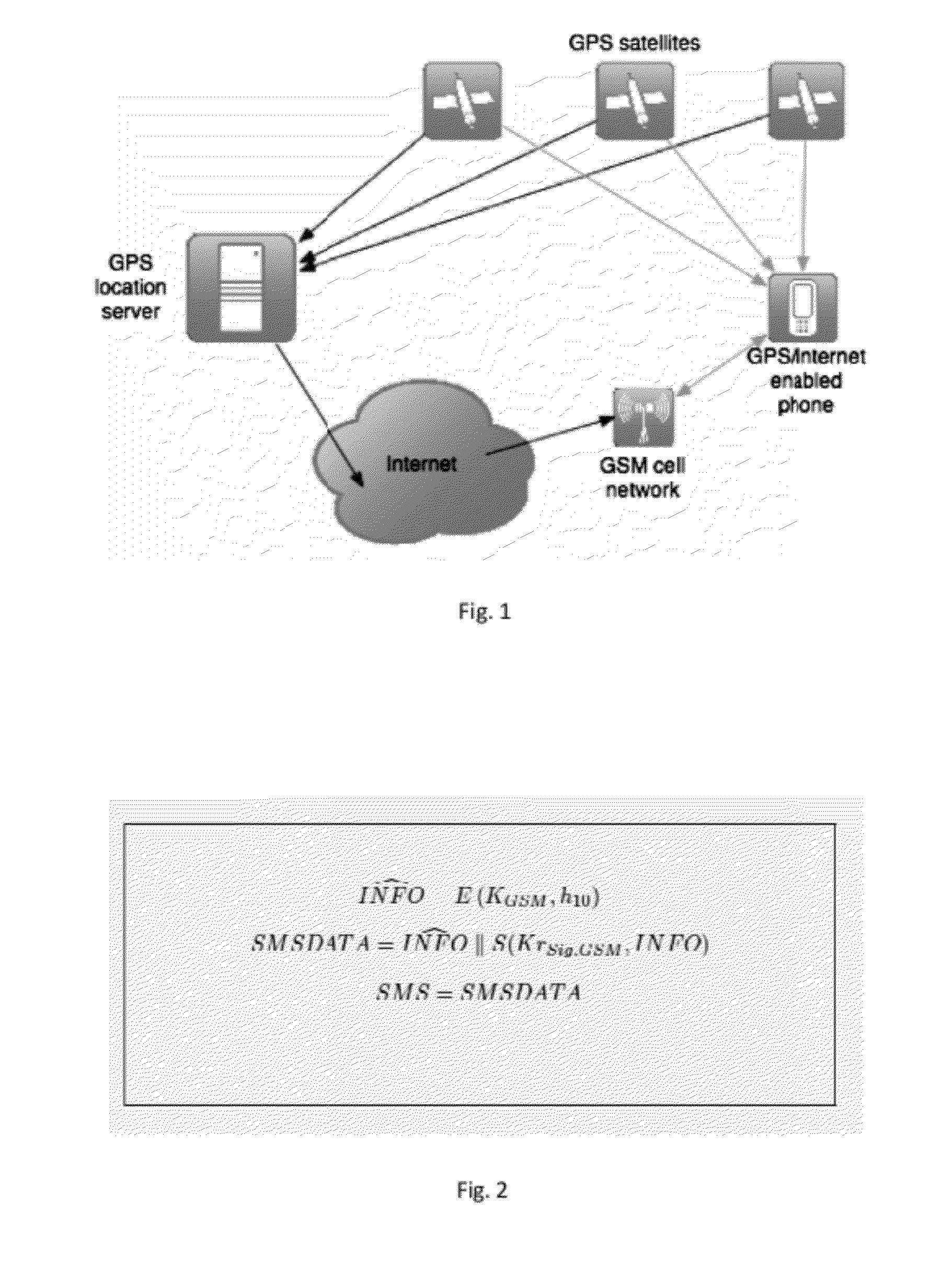Method for securing a computing device with a trusted platform module-tpm
a technology of computing device and platform module, applied in the direction of unauthorized memory use protection, instruments, error detection/correction, etc., can solve the problems of enlarge this work, difficult to read, and all data protected only by those keys will become inaccessibl
- Summary
- Abstract
- Description
- Claims
- Application Information
AI Technical Summary
Problems solved by technology
Method used
Image
Examples
Embodiment Construction
[0109]Everyone knows that data is valuable. The more valuable it is, the more priceless it becomes to replace if it is lost or stolen. Some solutions exist that can protect data from unauthorized disclosure, and these usually resort to some form of cryptography, and backup solutions can be used to recover data if a disaster happens. However, most users do not take advantage of these solutions for several reasons, both technical and social.
[0110]Tools that assist in recovering a misplaced computer exist, but they require the computer to connect to the Internet in order to be located. In addition, they are usually extra software that needs to be installed in the computer, so they also end up not being used as much as it would be desirable.
[0111]This work builds on the concepts employed by these tools and solutions, and uses some additional technology available nowadays, in order to ensure confidentiality and traceability by default. A TPM is used for confidentiality of the data and a ...
PUM
 Login to View More
Login to View More Abstract
Description
Claims
Application Information
 Login to View More
Login to View More - R&D
- Intellectual Property
- Life Sciences
- Materials
- Tech Scout
- Unparalleled Data Quality
- Higher Quality Content
- 60% Fewer Hallucinations
Browse by: Latest US Patents, China's latest patents, Technical Efficacy Thesaurus, Application Domain, Technology Topic, Popular Technical Reports.
© 2025 PatSnap. All rights reserved.Legal|Privacy policy|Modern Slavery Act Transparency Statement|Sitemap|About US| Contact US: help@patsnap.com



